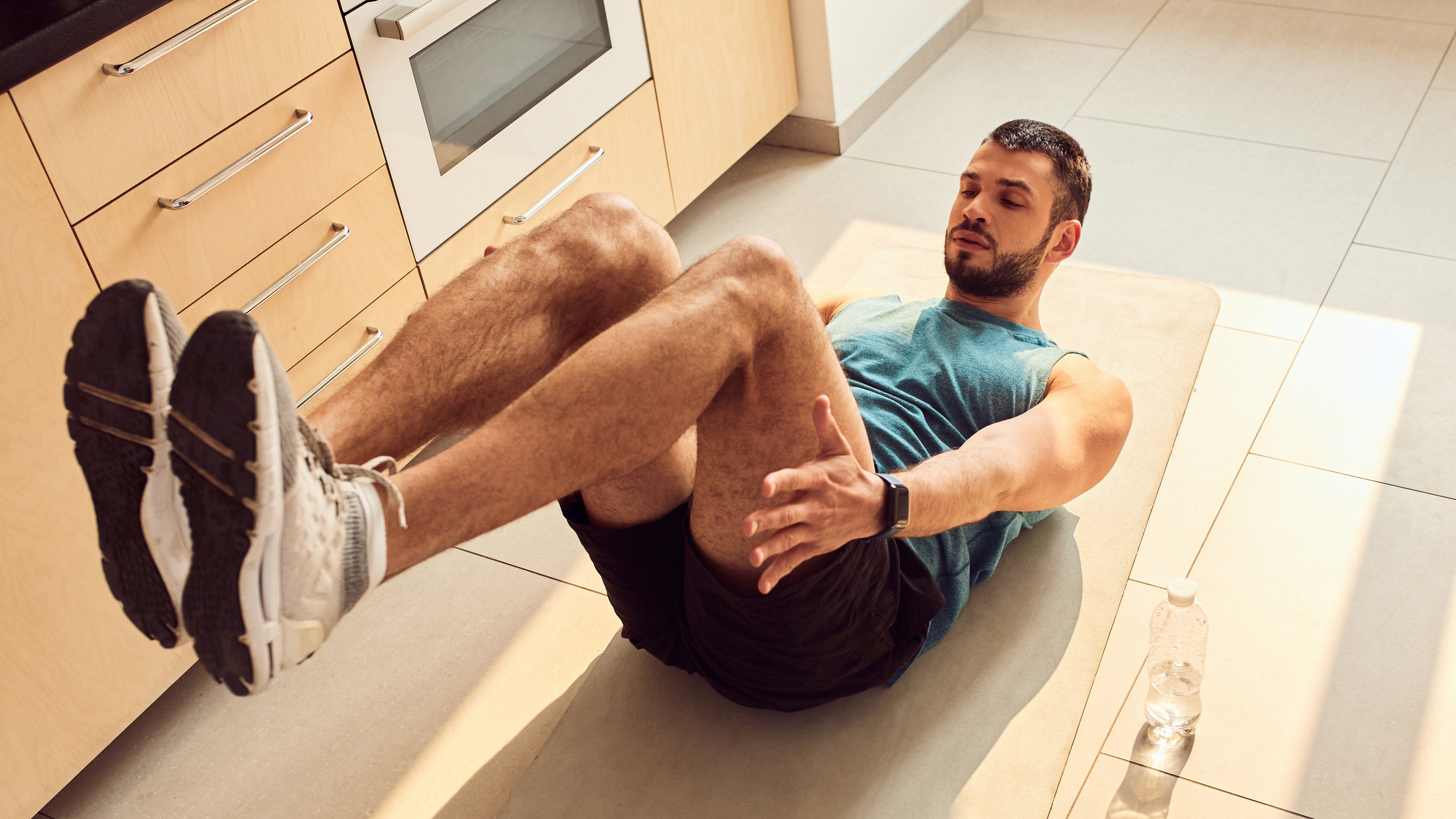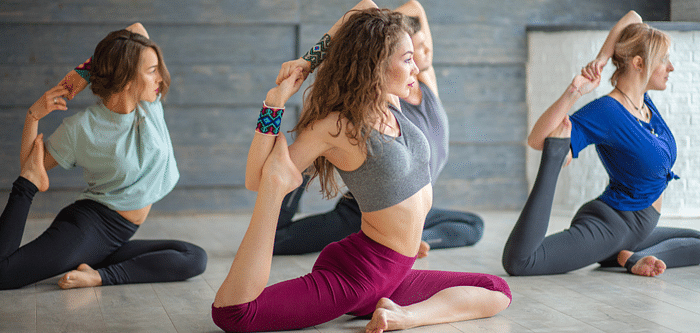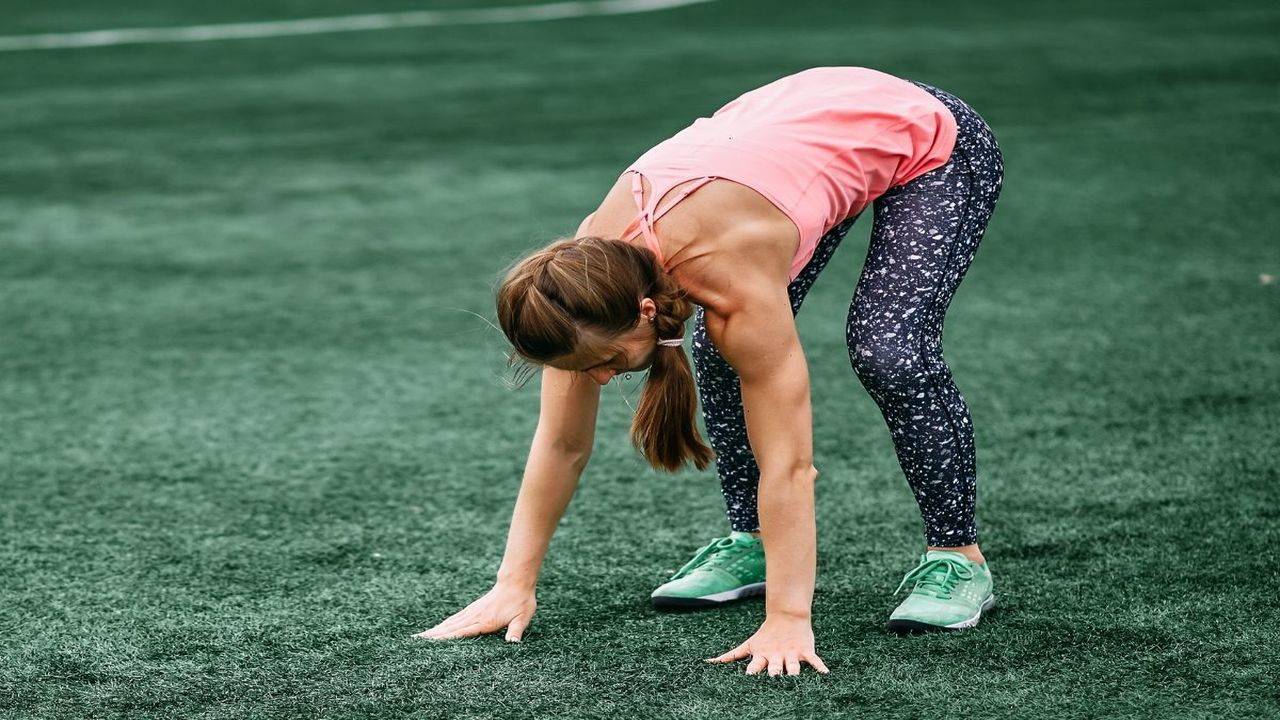So, you’ve added tabletop crunches to your ab routine—great choice. They’re one of the best core moves when done correctly. But here’s the truth: just doing the move isn’t enough. If your form is off or you’re not engaging the right muscles, you might be wasting your effort.
Even worse? You could actually train your abs in a way that leads to poor posture or back strain instead of that tight, flat belly you’re after.
Let’s break down the five biggest mistakes people make during tabletop crunches and how to fix them. Whether you’re a beginner or you’ve been crunching for years, getting these small details right can totally change your results.
First, What Are Tabletop Crunches?
Before diving into the don’ts, let’s quickly cover the do.
In a tabletop crunch, you lie flat on your back, lift your legs into a 90-degree angle (like you’re resting your calves on a coffee table), and crunch your upper body toward your knees.
Why do people love this move? It activates the entire abdominal wall, puts your core under tension, and eliminates the leg-dominant cheating that happens with traditional crunches.
But that’s only if you’re doing them right.
Mistake 1: Arching Your Lower Back
Let’s start with the most common issue.
When you bring your legs up into that 90-degree tabletop position, your lower back should stay pressed against the floor. But many people let their low back arch—this shifts tension away from your abs and puts it on your hip flexors or spine.
Why It Matters:
An arched back disengages the core. Instead of strengthening your abs, you’re just stressing your spine and getting nowhere with your goal of a flatter belly.
How to Fix It:
- Before you even start the crunch, flatten your lower back into the mat.
- Think about pulling your belly button toward the floor.
- Engage your pelvic floor and tilt your pelvis slightly to create core pressure.
Even if this means you do fewer reps, better form equals better results.
Mistake 2: Using Momentum Instead of Muscle
You’ve probably seen this (or done it yourself): a fast, jerky motion that throws the chest up and down instead of using controlled muscle engagement.
This usually happens when you try to go fast or do too many reps. But crunching isn’t about speed—it’s about controlled movement.
Why It Matters:
Momentum shifts the work away from your abs and into your neck, arms, or hips. Plus, fast reps mean less time under tension, and that’s key for toning and flattening your core.
How to Fix It:
- Crunch slowly and deliberately.
- Count “1-2” on the way up, pause, then “1-2” on the way down.
- Focus on your abs doing the work, not your arms or neck.
Bonus tip: place your hands behind your head just for support, not to yank your head up
Mistake 3: Letting Your Knees Drift Too Close
Your legs should stay in a true 90-degree tabletop position: knees over hips, shins parallel to the ground.
But many people unknowingly bring their knees too close to their chest during crunches. That changes the angle of your legs, taking tension off your abs and making the move easier—but less effective.
Why It Matters:
If your knees drift in, it reduces the resistance on your abs. You’re basically cheating yourself without realizing it.
How to Fix It:
- Make sure your knees stay directly above your hips.
- Check your form in a mirror or film yourself once to get it right.
- Want an extra burn? Try pressing your knees gently into an invisible wall.
Keeping that perfect angle will make your core work overtime—in a good way.
Mistake 4: Holding Your Breath
This one sneaks up on you. When you crunch, it’s natural to hold your breath, especially during effort. But your breath actually helps you engage your core deeper and stabilize your movement.
Why It Matters:
Holding your breath during crunches can cause unnecessary pressure on your neck and reduce oxygen to your muscles. Over time, it can also cause poor movement habits that stall your progress.
How to Fix It:
- Exhale as you crunch up.
- Inhale as you return to the floor.
- Think: “Blow the air out through the belly.”
This breath timing strengthens your deep core and prevents that “puffy abs” look you get from only working surface muscles.
Mistake 5: Ignoring the Neck and Shoulder Position
Ever finish a crunch with your neck sore instead of your abs? You’re not alone.
That usually happens when your head leads the movement instead of your ribcage. People often strain their neck forward, trying to “get up” higher—but it takes the focus away from the core.
Why It Matters:
If you feel your neck more than your abs, you’re not getting the benefits of the move. And it’s setting you up for tightness and even pain over time.
How to Fix It:
- Keep your chin slightly tucked, like you’re holding an egg under it.
- Think about lifting your shoulders toward the ceiling—not just forward.
- Keep your eyes looking up at an angle, not toward your knees.
Also, if you’re putting your hands behind your head, use them just for support—not to pull. Your abs should lift you, not your hands.
Bonus Tip: Less Is More (If You Do It Right)
You don’t need 50 fast tabletop crunches to flatten your belly. You need 10–15 really good ones, where your abs are on fire and your form is locked in.
Pair this with a clean diet, daily movement, and consistency, and your midsection will start to change—without thousands of reps.
A Quick Tabletop Crunch Routine to Try
Try this for a tight 6-minute ab burn:
1. Tabletop Crunch x 15 slow reps
2. Dead Bug Hold (legs in tabletop, arms straight up) x 30 seconds
3. Tabletop Crunch with Pulse at the Top x 10 reps
4. Rest 30 seconds
Repeat 3 rounds
This combo hits your entire core and builds endurance without compromising form.
Final Thoughts
Tabletop crunches are simple, but they’re easy to mess up. If your goal is a flatter, stronger belly, small mistakes can hold you back—and possibly even lead to pain or bad posture.
Focus on form. Move slow. Breathe well. Keep your knees in check. Protect your neck.
It’s not about how many crunches you can do. It’s about how well you can do each one.
Fix these five mistakes, and you’ll be well on your way to seeing real results from your core training.










